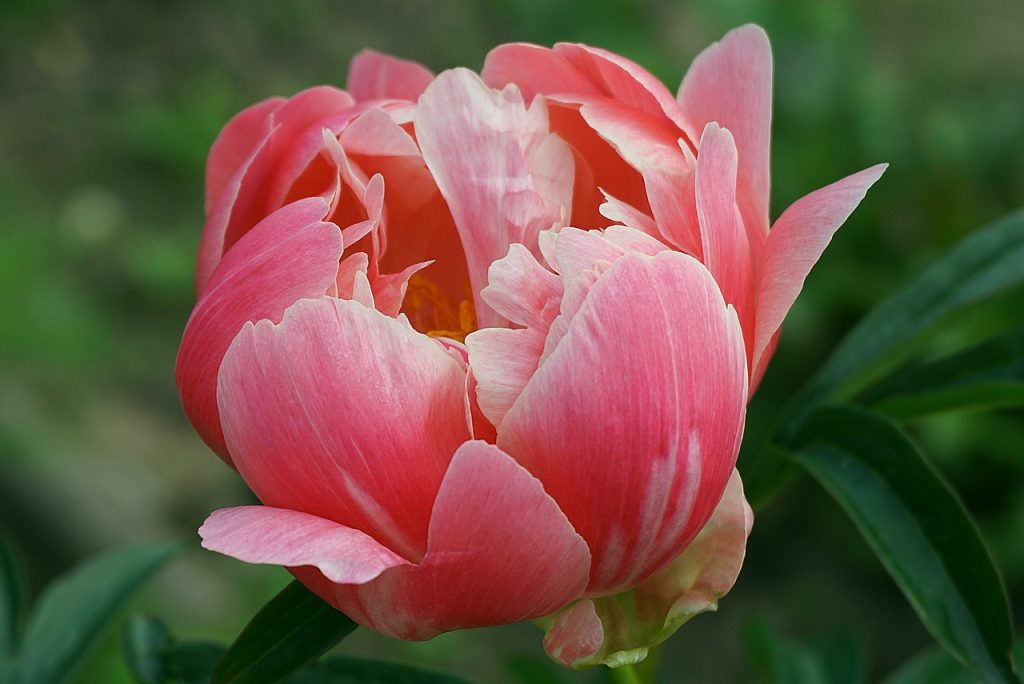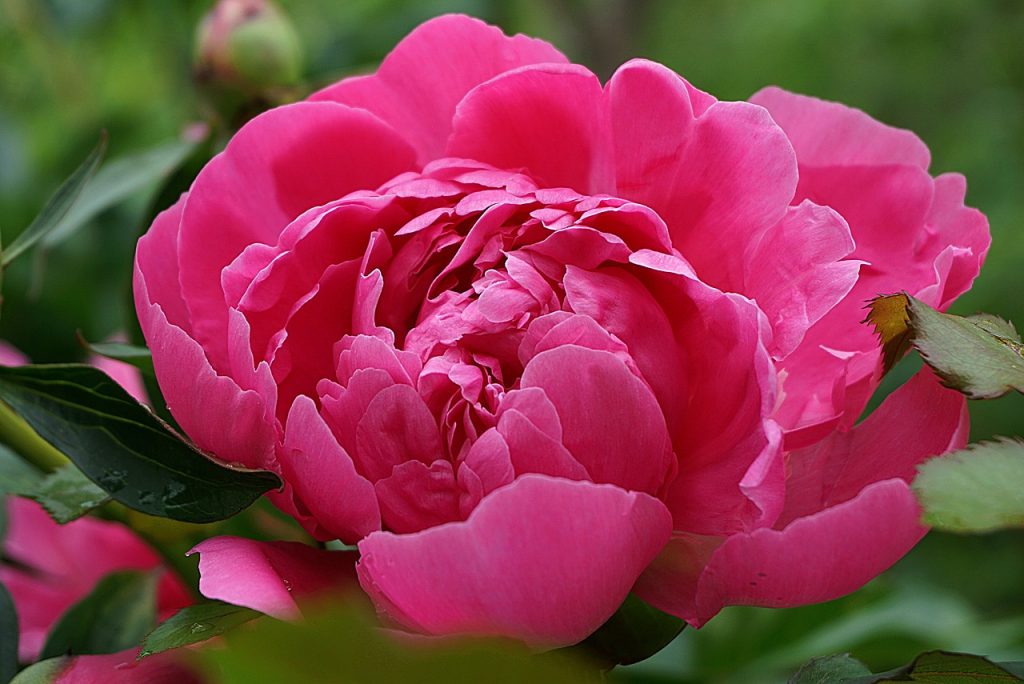Will Peony Bloom in the First Year? When is the Blooming Time?

Most peonies do not bloom in their first year because the plant requires an additional year to develop its roots. However, it depends on how much love and care you give the beautiful plant. Some plants bloom sooner than others, and it can even vary from year to year for the same plant. So while you may not see peony bloom on your first year of planting, it’s possible that by the time you reach your second or third year, peonies will be in full bloom!
Peony flowers blooming depends on various factors such as temperature, rainfall, and sunlight. However, if you live in a region that experiences warm temperatures and heavy rains throughout the year, your peonies will blossom during their first year. On the other hand, if you live in a drier location where summer rainfalls are rare or insufficient, your plants may not flower until their third or fourth years. So while there is no set rule when it comes to when peonies will bloom, taking into account regional climate trends can help you predict when they’re likely to do so.
True flowering in peonies may take between two and five years. In the first few years after planting, doubles are more likely to produce a single bloom.
Table of Contents
Peony Care Tips During First Year
Even though peonies don’t often produce flowers in their first year, there is a possibility that you might see one or two very few blossoms if the conditions are just right. Peonies typically require two to three years to reach their peak blooming potential. It is not until you have reached this point that you will see such a magnificent display of blooms. It’s interesting to note that the instant your peonies bloom, you may look forward to a lifetime’s worth of gorgeous flowers from that point on.
Sunlight
As mentioned earlier, the sun is key for peonies. If possible, a full sun location should be chosen as it encourages larger blooms and better coloration. However, if you can’t get a spot that gets plenty of sunlight, then either grow the plants in partial shade or give them some afternoon light.
Watering
After this, you should probably give the plant a thorough watering to ensure that the liquid has penetrated the bottom of the hole. This will also ensure the soil settles correctly along the plant’s roots. If you divide the plants in the late summer or fall, there is a good chance that they will not blossom the following spring. On the other hand, you should anticipate a return to the usual pattern in the next season.
Fertilizing
At the very least once a year, you should give your peonies an application of high-quality all-purpose fertilizer to ensure they bloom reliably. To ensure the peony in your care remains in good health, use this with a compost dressing. If you end up mulching the flower beds more than necessary, ensure that the mulch is not near the base of your peony. If the base comes into touch with mulch, the plant’s bloom will be negatively impacted, and you won’t find any new flowers the following season.
You should spend the first few years ‘ordering’ your fields. In the first year, it’s best to let at least one plant of each type bloom so you can verify its genuine identity. You don’t want all the buds on the new plants to open at once. For at least the first two years, and perhaps longer, depending on your soils and the success of your plants, you want the energy to go into the roots. If plants are harvested too early, they will never reach their full potential and produce fewer blooms and stems. Once you’ve established that the variety is accurate, you should remove the bloom along with the other buds in the field. The first two years are crucial for watering and fertilizing down pat.
Divide
These plants won’t require nearly as many divisions as others. If a particular clump grows too large for the area in question or you want to share the plants with friends, divide the flowers throughout the fall months. This will allow you to do any of these things.

To accomplish this, remove some of the plant’s foliage and carefully remove the whole thing from the ground. Now, get yourself a sharp knife so that you can cut some of the plant’s sections. At this point, you should focus on producing large root clumps with approximately three to five eyes against each clump. When repotting the plant in the hole, be careful not to break the roots, as they are still fragile.
Peony Blooming Season
In most cases, late summer and early spring are the best times to see peonies in full bloom. On the other hand, this is something that will utterly be determined by factors such as your location, the species of peony you cultivate, the growth conditions, and other factors. Planting the mid-season and late-season varieties of peonies is what we propose doing if you want the peony season to last for a couple of weeks longer than it normally would.
Despite their lovely appearance, peony blossoms only last for about a week to ten days, which is a shame considering how long they bloom. In most cases, they do not bloom at the same time, and the timing of their blossoming can be broken down into early, middle, and late seasons.
Peonies that are grown in traditional gardens do not have woody stems. Peonies of the garden kind will only flower once every year, even though certain herbaceous peony species tend to show new growth at the start of each new season.
After you have harvested the initial set of peonies, there is a good chance you will not be able to observe another round of flowers. In any case, if you trim the peonies at the appropriate moment, you can always lengthen the period when the flowers bloom. When you cut these flowers shortly before their blooming season, the flowers have a greater chance of being negatively affected throughout the blooming season.
